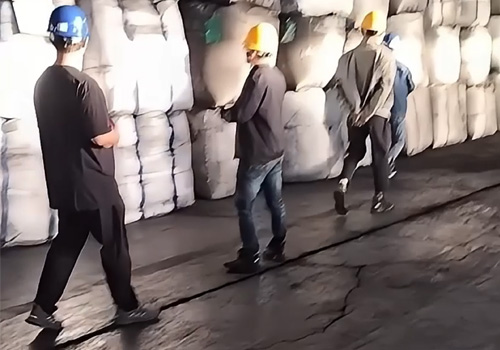Nov . 21, 2024 09:31 Back to list
open hearth steel making
Open Hearth Steel Making A Historical Perspective
Open hearth steel making, once a cornerstone of steel production, played a significant role in the industrial growth of the late 19th and early 20th centuries. This process was instrumental in providing high-quality steel required for various applications, ranging from construction to manufacturing. While modern methods have largely supplanted the open hearth process, understanding its development and impact gives us insight into the evolution of steel production techniques.
The open hearth furnace was developed in the mid-19th century, with roots tracing back to earlier methods of steel production like the crucible process and puddling. The technology was improved by figures such as Pierre and Émile Martin, who were responsible for creating the Martin process in 1864, which allowed for the efficient production of steel from pig iron. What set the open hearth apart was its ability to produce larger quantities of steel in a continuous manner, using a mix of scrap steel and pig iron as raw materials.
The open hearth furnace itself operates on the principle of an open flame above a hearth, where the raw materials are melted and refined. It employs the regenerative heating system, which enhances energy efficiency. The furnace is typically a large rectangular structure, lined with refractory bricks that can withstand high temperatures. The combustion of gaseous fuels or heavy oils ignites the air introduced into the furnace, creating an intense heat that allows the pig iron and scrap steel to melt. The presence of oxygen facilitates the removal of impurities such as carbon, sulfur, and phosphorus, resulting in high-quality steel.
One of the significant advantages of the open hearth process was its flexibility. Steelmakers could easily change the proportions of materials and adjust the temperatures to tailor the final product to specific requirements. This adaptability contributed to the rise of various steel grades, meeting the increasing demands from industries such as automotive, railway, and construction.
open hearth steel making

However, the open hearth process was not without its downsides. The production cycle was lengthy—typically requiring several hours to complete—and the process itself was relatively labor-intensive. Furthermore, environmental concerns began to surface as pollution from emissions became more prominent. These factors, combined with advancements in technology, led to the decline of the open hearth method.
By the mid-20th century, the introduction of the Basic Oxygen Process (BOP) and Electric Arc Furnace (EAF) began to replace the open hearth method. The BOP, in particular, offered a more efficient way to produce steel, drastically reducing the time required for production and increasing output. This shift not only improved the quality of steel but also addressed some of the environmental issues associated with open hearth production.
Despite its decline, the legacy of open hearth steel making remains evident in modern steel production
. Many of the principles and techniques developed during its peak have informed contemporary practices. Moreover, the open hearth’s role in the industrial revolution cannot be understated; it helped forge the steel frameworks that constructed our cities and industries.In conclusion, while open hearth steel making has fallen out of favor, its historical significance is undeniable. The advancements made during its era set the foundation for modern metallurgy and laid the groundwork for the vast steel industry we know today. As we look towards the future of steel production, it is essential to remember the impact that the open hearth process had on both the industry and the world at large. The evolution of steel making continues to be a fascinating narrative of innovation and adaptation, rooted in the principles established during the formative years of open hearth technology.
-
Fe-C Composite Pellets for BOF: Enhance Steelmaking Efficiency
NewsAug.07,2025
-
Eco-Friendly Granule Covering Agent | Dust & Caking Control
NewsAug.06,2025
-
Fe-C Composite Pellets for BOF: High-Efficiency & Cost-Saving
NewsAug.05,2025
-
Premium Tundish Covering Agents Exporters | High Purity
NewsAug.04,2025
-
Fe-C Composite Pellets for BOF | Efficient & Economical
NewsAug.03,2025
-
Top Tundish Covering Agent Exporters | Premium Quality Solutions
NewsAug.02,2025
